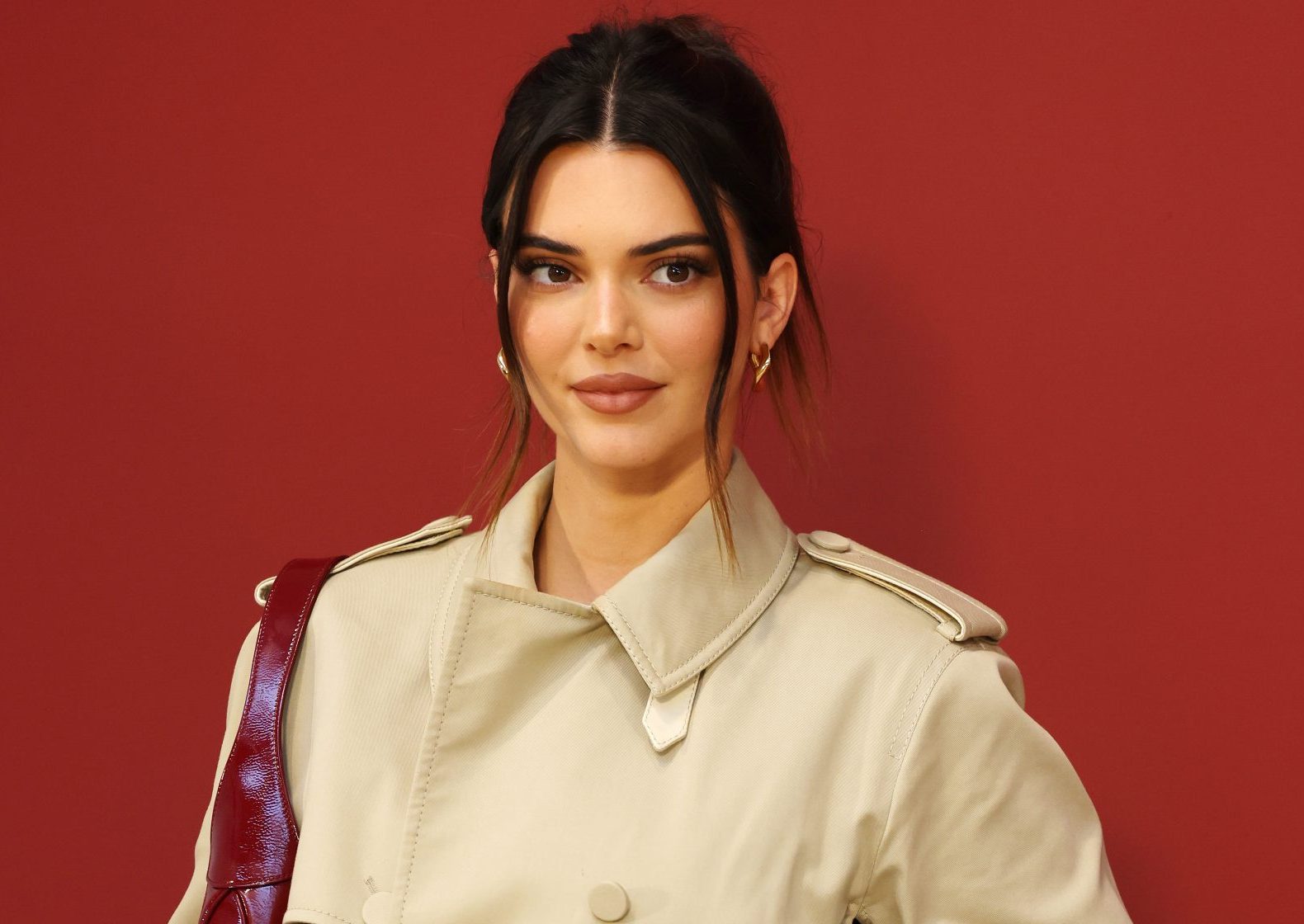Article originally published on July 26, 2021.
It’s a fashion reality that’s only gaining momentum: 2000s trends are making a comeback. Only the re-emergence of Y2K today makes it possible to revisit them with a fresh, more cultured look at issues of sexism, grossophobia, or even mental health. With this new eye, we quickly realize what they can representa disturbing cult of youth and thinness.
“Nothing tastes better than feeling thin”
Sure, the idealization of youth wasn’t invented in the year 2000 and it’s not confined to the fashion world, but the latter concentrates it quite brazenly, as the media just pointed out. Harper’s Bazaar in a recent article.
Since we were still far from the advent of social networks, pop culture was spreading without leaving much room for debate. On the catwalks as on television, there was an uninterrupted flow of young, slim, blonde women, like Paris Hilton, Nicole Richie, or even Kate Moss — who could joke about that ” Nothing tastes better than feeling thin » (« Nothing is more delicious than being thin “) nearby wwd in 2009. A phrase that the still graceful model presented as a mantra, immediately picked up by the multitude of pro-anorexia forums (or “pro-ana” for friends of eating disorders) that abounded in broad daylight.
Especially since the clothing trends of the time flattered above all only one body type: white, cisgender, tall, thin, young, toned and robust, with no other types of beauty can coexist and also be appreciated in the media space.
Using teenagers to attract adults has been trivialized
Only in 2017 did LVMH and Kering, the two most powerful luxury groups in the world — and therefore capable of leading a movement in the right direction — create a charter to improve working conditions for models, undertaking in particular not to work with them if without a recent medical certificate certifying good psycho-physical health. According to this industry-first charter, they must also be larger than a size 32 and over the age of 16 if participating in runway shows or campaigns targeting adults.
Which means that before it was quite possible and even banal that a 14-year-old girl can walk the runway to make adults want to have the same clothes as her, just to look like her. Inevitably, it could promote image problems on both sides…
@laurenlicup things i would have done to be j14 front page (ib @ageorama) ##y2k ##popstar ##2000sfashion ##fyp ##TheChallengeAllStars
♬ Circus – Britney Spears
Worse still, the other landforms were mocked uninhibitedly, as graphically illustrated by this article in the Daily mail since 2007: Because all women need to have a fat friend. The answer: looking thinner from the side, in comparison, of course…
Did you say gross phobia? She has barely crossed the minds of time. However, the consequences are there: according to an article in the scientific journal British Medical Journalthe UK has experimented a peak in eating disorders between 2000 and 2009, For example. And the trend was probably valid throughout the West, at a time when the media loved both to present models of bodies to be copied and to make fun of the silhouettes of Victoria Beckham, Mary-Kate Olsen, or even Jessica Alba, who all three admitted to suffering from anorexia.
Non-white women, made invisible in the 2000s
At this time they were also completely invisible, not to mention marginalized, non-white women in mainstream culture — which was then a vast unmixed white gathering that didn’t speak its name.
Almost non-existent inside Friends, sex and the city OR Under the sun, to use popular series emblematic of the period, they had no choice but to establish themselves in dedicated sitcoms. In the United States, for example, African-American productions such as Moesha, my family first, OR Everyone hates Chris they were able to partially compensate for this invisibility.
But we still found clichés that help to trivialize problems of body dissatisfactionas particularly illustrated by the cast of colorist and numerous observations regarding mother Janet’s weight My family first of allused as a running gag.
Will Zoomers rewrite Y2K trends into a body-positive version?
The fact that Y2K trends are back in fashion today therefore makes it easier to become aware of everything that has changed since this moment in which the shameful body it was an international sport, as uninhibited as it was complex.
But that is precisely because they are making a comeback in a big way through social networks these trends seem to be starting to be rewritten by a new generationthe Z (nicknamed Zoomers, as opposed to the Boomers), more attentive to these issues!
It is also because different models of aspiration can coexist in 2021 that we can see the parallel celebration of different “aesthetics” (mermaidcore, cottagecore, regencycore, and other dark academia), unlike the early 2000s when only the mainstream media could dictate good taste, the right silhouette and the right look.
It is precisely this plurality of possible aesthetics that contributes to the success of TikTok, in particular – even if it can sometimes turn out to be artificial and used for marketing purposes, as the brilliant videographer Amocide explains in the video below.

In short, perhaps Generation Z (born after the year 1995) will be able to reinvest the year 2000 to explode its more normative dimensions, so that we can finally dress as we want rather than bending over in clothes that don’t fit!
Source: Madmoizelle
Mary Crossley is an author at “The Fashion Vibes”. She is a seasoned journalist who is dedicated to delivering the latest news to her readers. With a keen sense of what’s important, Mary covers a wide range of topics, from politics to lifestyle and everything in between.



